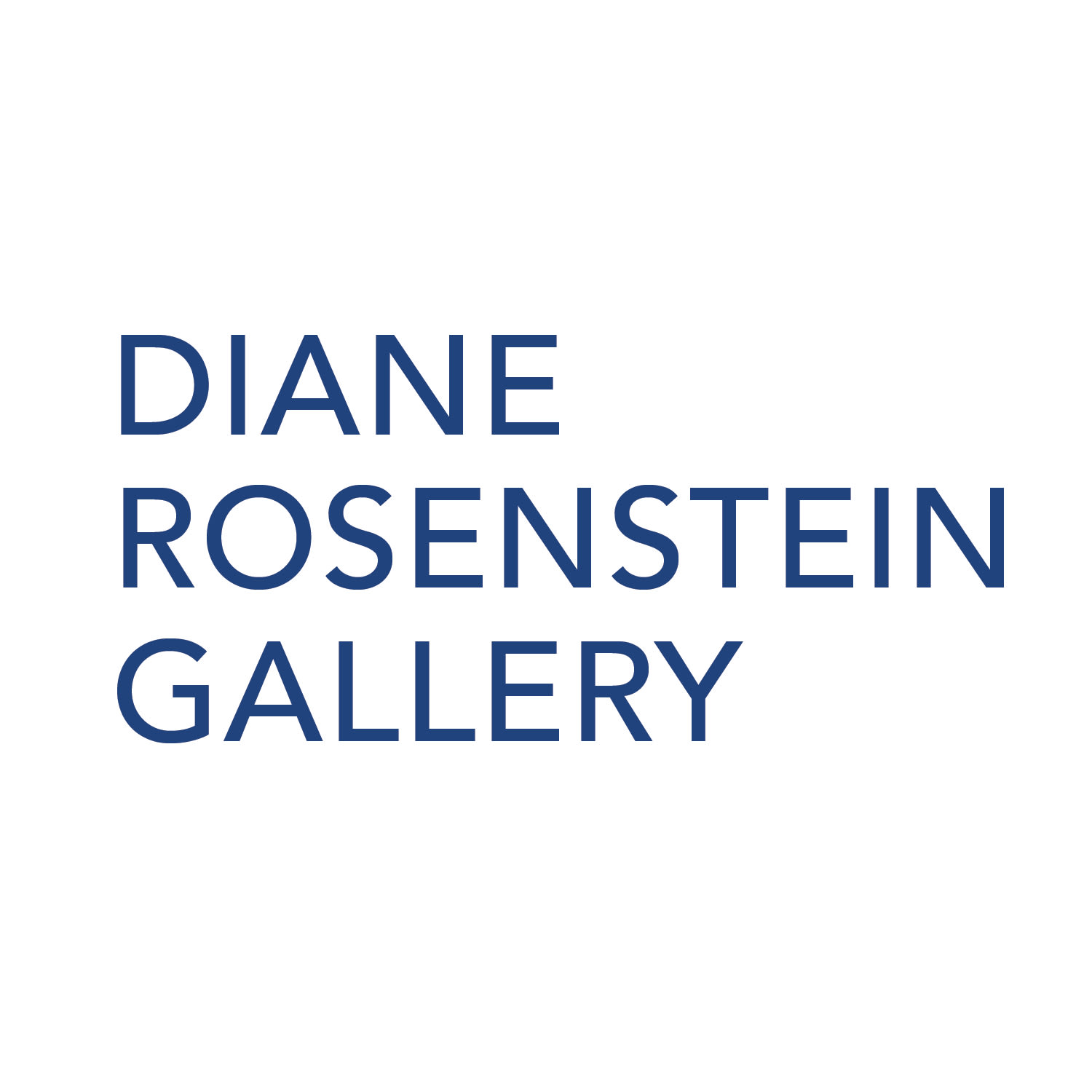Joe Ray has explored both “inner and outer space” for the last 55 years. His first sculptures were translucent and related to his interest in euphoric perception, of endless depth. He added pigments, often employing black and white values, such as in New Eye (1969), an important early cast resin work that is rooted in the California Light and Space movement. His work has never been confined to a specific medium or style and has shifted between representation and abstraction, sculpture, painting, and photographs.
Ray is known for his “Nebula Paintings” - a series of intergalactic landscape paintings that began in the late 1970s. Using acrylics and aerosol paint, these skycaps continue his exploration of outer fields of vision with an affinity for early 20th Century Impressionism.
“I am into outer space and inner space. I want the inner space of a human individual and the largeness of the cosmos.”

